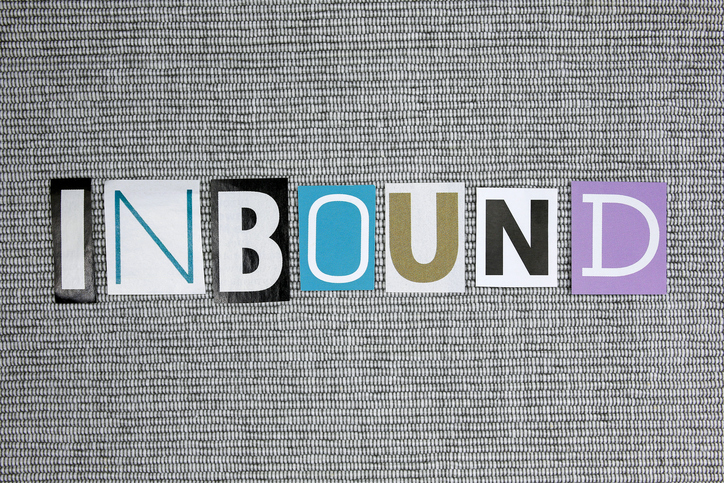
Inbound marketing is the future of the Web and of customer experience in general. It helps you attract qualified buyers to your offers through helpful, informative content. Its methods – in both marketing and sales – are calculated to motivate leads to contact you.
Understanding the Differences Between Outbound and Inbound Sales
Inbound sales stand in contrast to the most common outbound technique: Cold calling.
Cold calling is interruptive and intrusive, demonstrating a dismissive attitude toward a prospect’s time. It does not require deep research about each prospect, so the sales rep is able to cast a wide net, sometimes contacting hundreds of possible buyers in a given day.
In outbound sales, everyone is a potential buyer. The sales pro’s job is to “overcome objections” by applying sales pressure until the prospect is exhausted. Whether or not the solution actually fits the prospect is a secondary consideration, and the process is stressful for all involved.
The inbound vs. outbound scenario breaks down into five clear areas of difference:
1. Initiation
In inbound sales, the buyers come to you to do business. It’s usually their decision to initiate a conversation, though you can contact them based on behaviors that tell you they may be ready to talk. In outbound sales, the sales rep contacts the decision-maker with no established interest.
2. Tools
Inbound sales uses tools that draw attention to your offerings by providing helpful, informative content to potential buyers: For example, blogging, SEO, and retargeting. On the other hand, unsolicited calls and emails are the hallmarks of an outbound sales campaign.
3. Buyer Journey
In inbound sales, the buyer journey begins long before the seller is even aware of it. The buyers need to answer a question or solve a problem, and that leads them to the seller’s Web content. Outbound sales techniques rely on a “best guess” that a prospect is in the market.
4. Data
Inbound sales methodology generates a tremendous amount of data, giving you more chances to refine your approach and enhance the ROI of your sales team’s time investment. Outbound provides only measures of activity, not productivity, like total calls made.
5. Knowledge
Inbound selling turns on a deep, ever-evolving understanding of your customers and their needs. Targeted content and social media are both vital. Conversely, outbound sales are most effective when features and benefits take center stage in your advertising.
B2B and B2C decision-makers alike increasingly expect the customized, soft-touch approach of inbound marketing. It helps you foster trust and rapport more quickly, close sales with less struggle, and – ultimately – achieve a long-lasting, mutually advantageous relationship.

